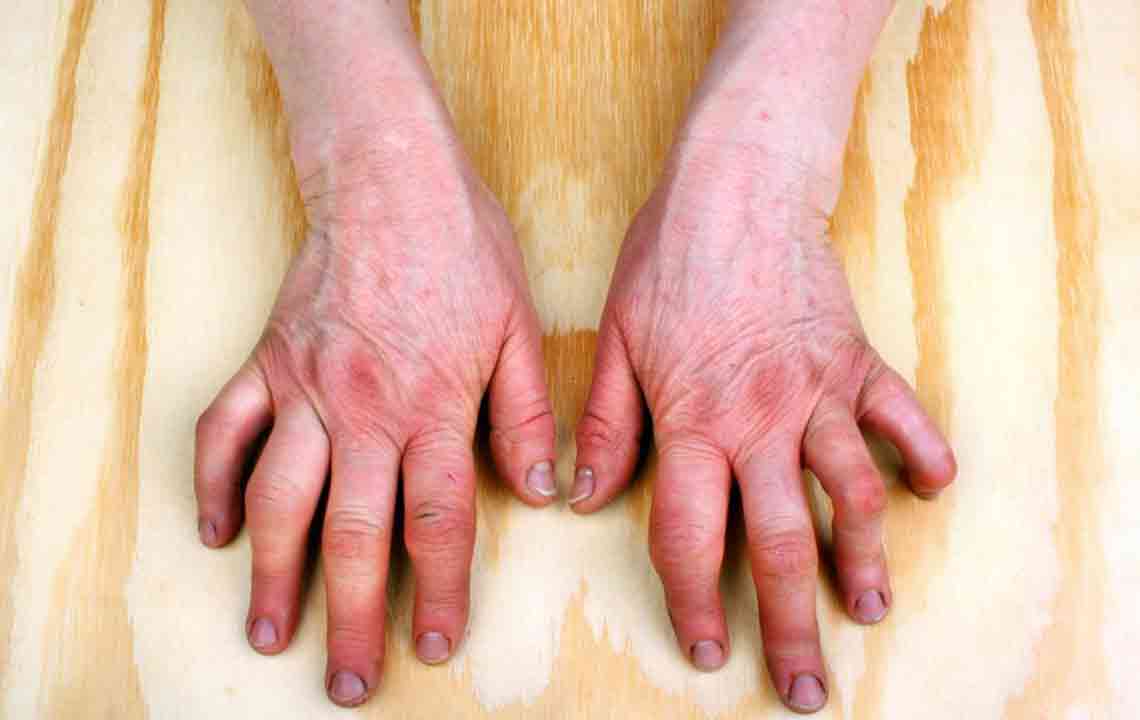Understanding the Symptoms of Rheumatoid Arthritis
Rheumatoid arthritis is a kind of inflammatory arthritis. It may also be termed as a rheumatoid disease as sometimes rheumatoid arthritis leads to systematic illness whose impact falls on various organs of your body. It is an auto-immune disorder, which results in chronic tenderness or swelling of the joints. This unpleasant condition starts revealing its symptoms, which may keep coming and going in an inconsistent manner. Therefore, it becomes a bit difficult to diagnose whether a person is affected by rheumatoid arthritis or not.

The symptoms of rheumatoid arthritis usually differ from one person to another as well as change by each passing day. It might happen that the symptoms which you are observing on the first week will remain the same the week next to it. Here in this article, you will get to know about the primary symptoms of rheumatoid arthritis.
What are the symptoms of rheumatoid arthritis
Fatigue
Before you get to notice any other symptoms of rheumatoid arthritis, the first sign you will get is feeling fatigued unusually. Sometimes, this particular sign is accompanied by depression and also a feeling of bad health. It is actually the reaction of the body towards poor sleep, inflammation, anemia, etc. It even leads to a lack of energy. Poor appetite along with a loss of weight might be associated with fatigue. This particular symptom will affect the patient’s mood, emotions, occupation, attentiveness, happiness, creativity, etc.
Morning stiffness
Among various other symptoms of rheumatoid arthritis, morning stiffness is a major one. If the stiffness lasts for a couple of minutes, then it is actually a warning sign of a degenerative form of this disorder. But if it lasts for many hours, then it indicates rheumatoid arthritis. You might also feel such stiffness if you stay inactive for a prolonged period.
Joint stiffness
Another early sign of this form of arthritis is a stiff feeling in one or many smaller joints. There is no specific time for joint stiffness. It might occur any time of the day, whether you are active or inactive.
Such stiffness will begin in your hand’s joints. Usually, it comes slowly, but sometimes it may affect a number of joints within a period of one or two days.
Joint pain
After stiffness in joints, one the other symptoms of rheumatoid arthritis is joint pain or swelling. It affects both the sides of your body in an equal manner. In the case of early stage, the common sites of such pain are the wrists and fingers. Some individuals might also experience severe pain in feet, knees, shoulders, or ankles.
Joint swelling
A minor swelling of your joints is another symptom of this unpleasant disorder, due to which the affected joint might appear a bit bigger than its normal size. One may also feel warm if you touch the swollen area. This condition might last for few days or few weeks and more often than not, it increases with time. You may feel flare-ups in the same joint or in some other joints as well.
Joint redness
One of the most common symptoms of rheumatoid arthritis is redness, which occurs on top of the joints after the inflammation. However, it does not mean that all inflamed joints will appear to be red.
Fever
Besides other symptoms of rheumatoid arthritis such as joint inflammation and pain, fever is also another sign, which will let you know that you are suffering from this disorder. However, do not assume every fever to be related to rheumatoid arthritis. It might be due to any other illness or other forms of infection.
Tingling and numbness
If your tendons swell up, then it might put pressure on your nerves. This may result in tingling, numbness, or a feeling of burning in your hands. It is commonly referred to as carpal tunnel syndrome. The joints of the patient might also produce a crackling or squeaky noise because while you move, your damaged cartilage may grind against the joints.
Reducing range of motion
Joint inflammation may make the ligaments and tendons deformed or unstable. While the disease will progress, you will find it difficult to straighten or bend those inflamed joints. Even if your range of motion decreases, you must continue your gentle and regular exercise.
No permanent cure for this condition has been found till now, but the symptoms can be managed to an extent by following the treatment recommended by your doctor. The main aim of the treatment is to increase the function of the joint, minimize the inflammation of joint, as well as pain and also prevent deformity and destruction of joints.




